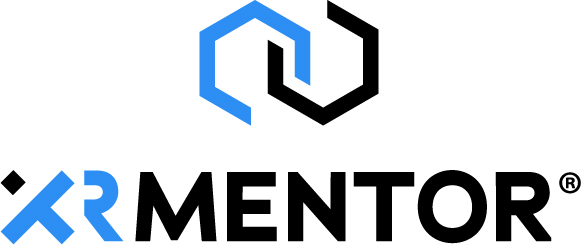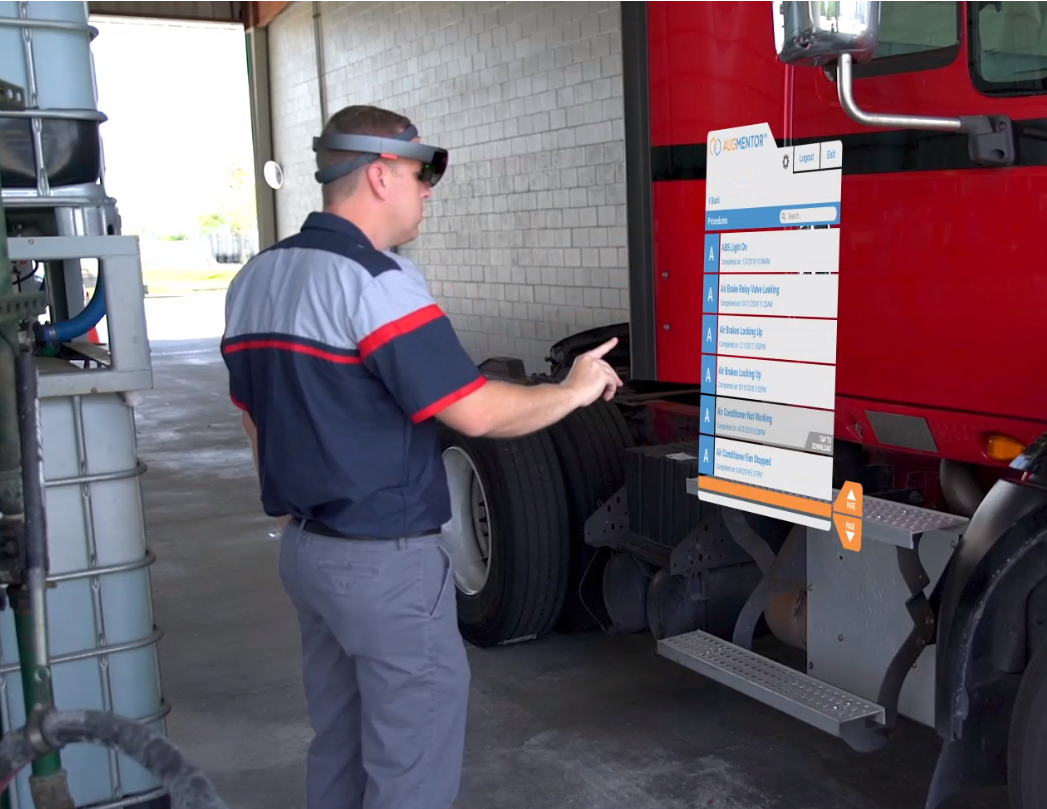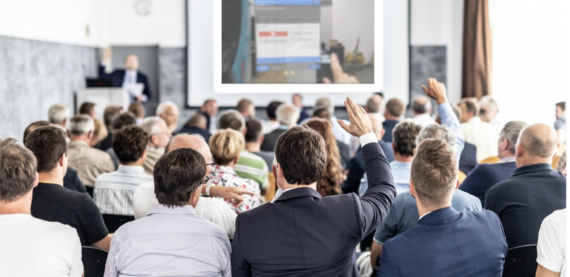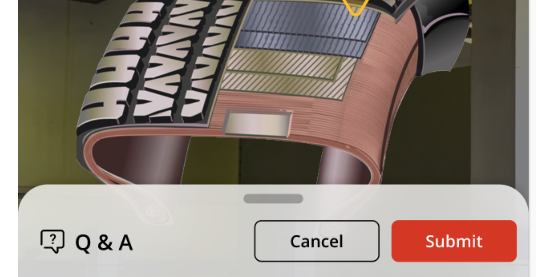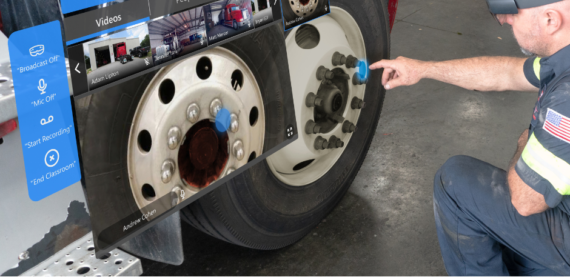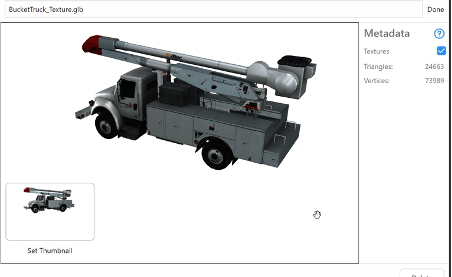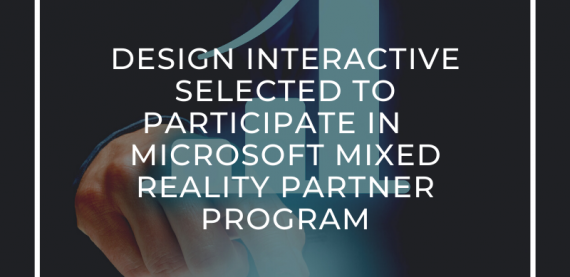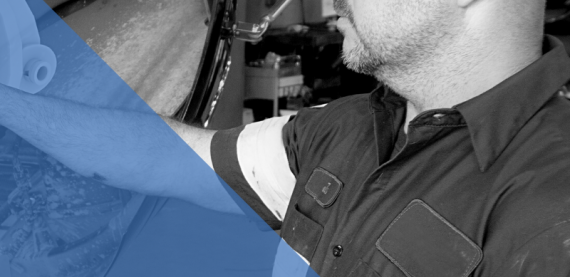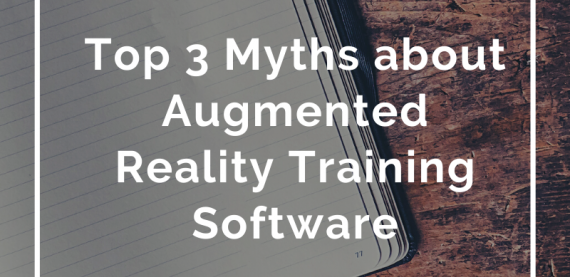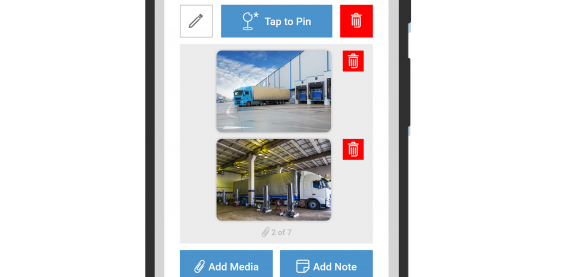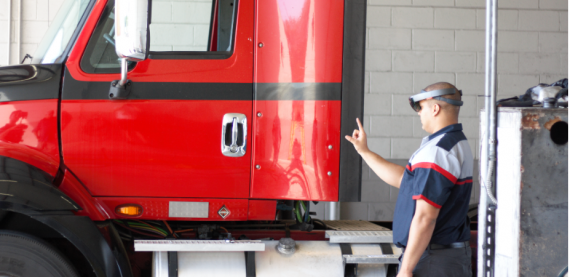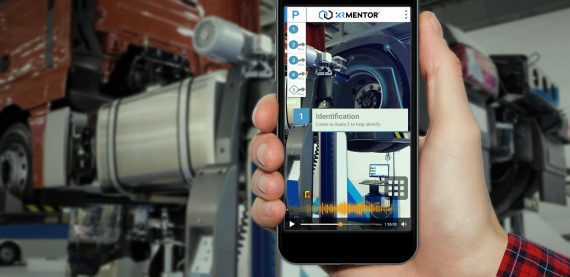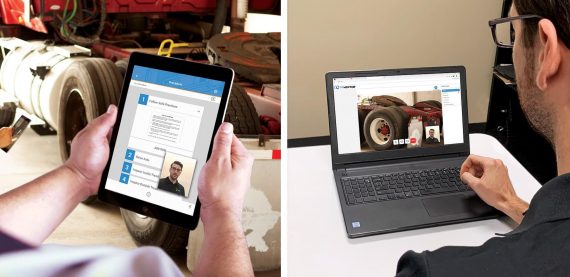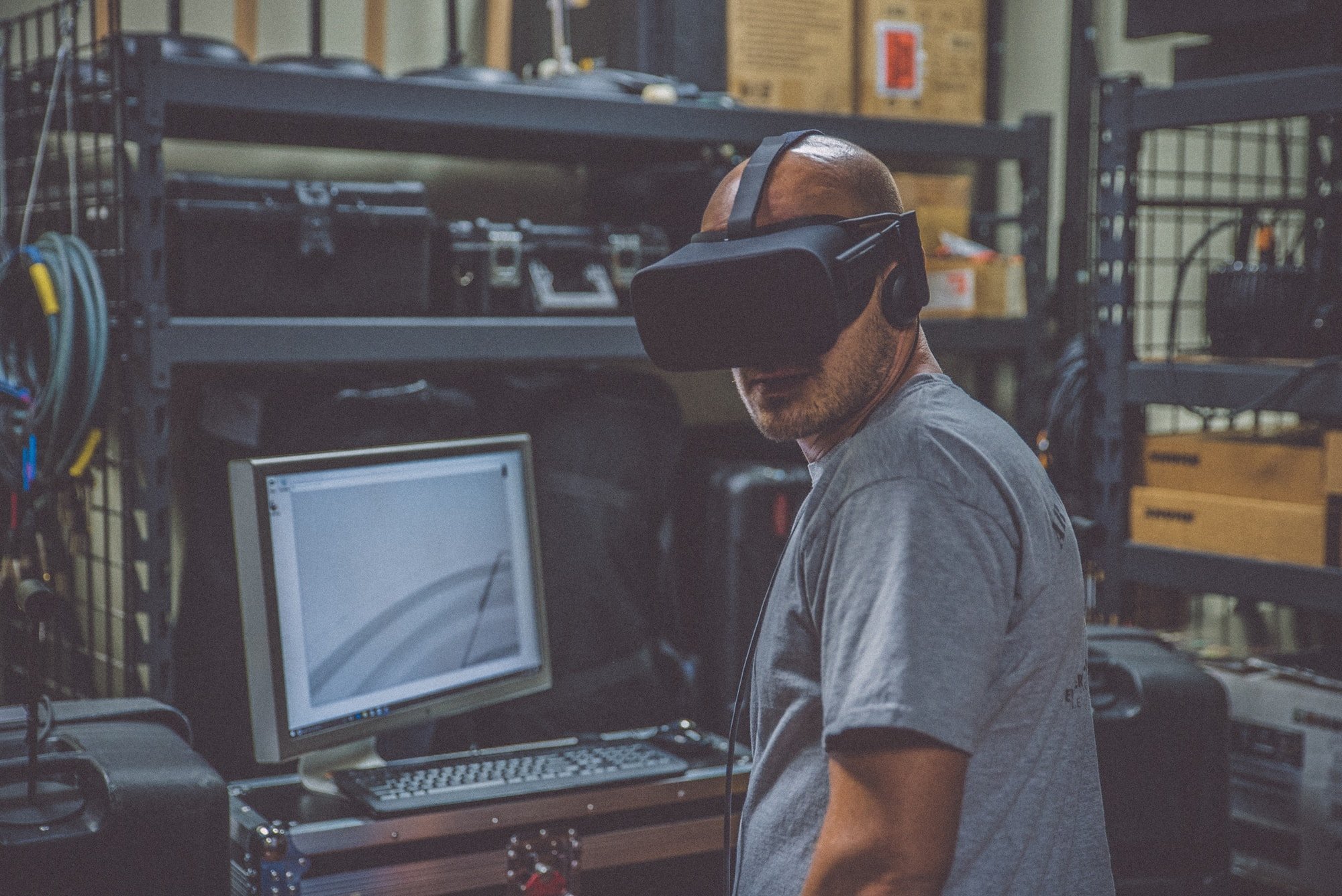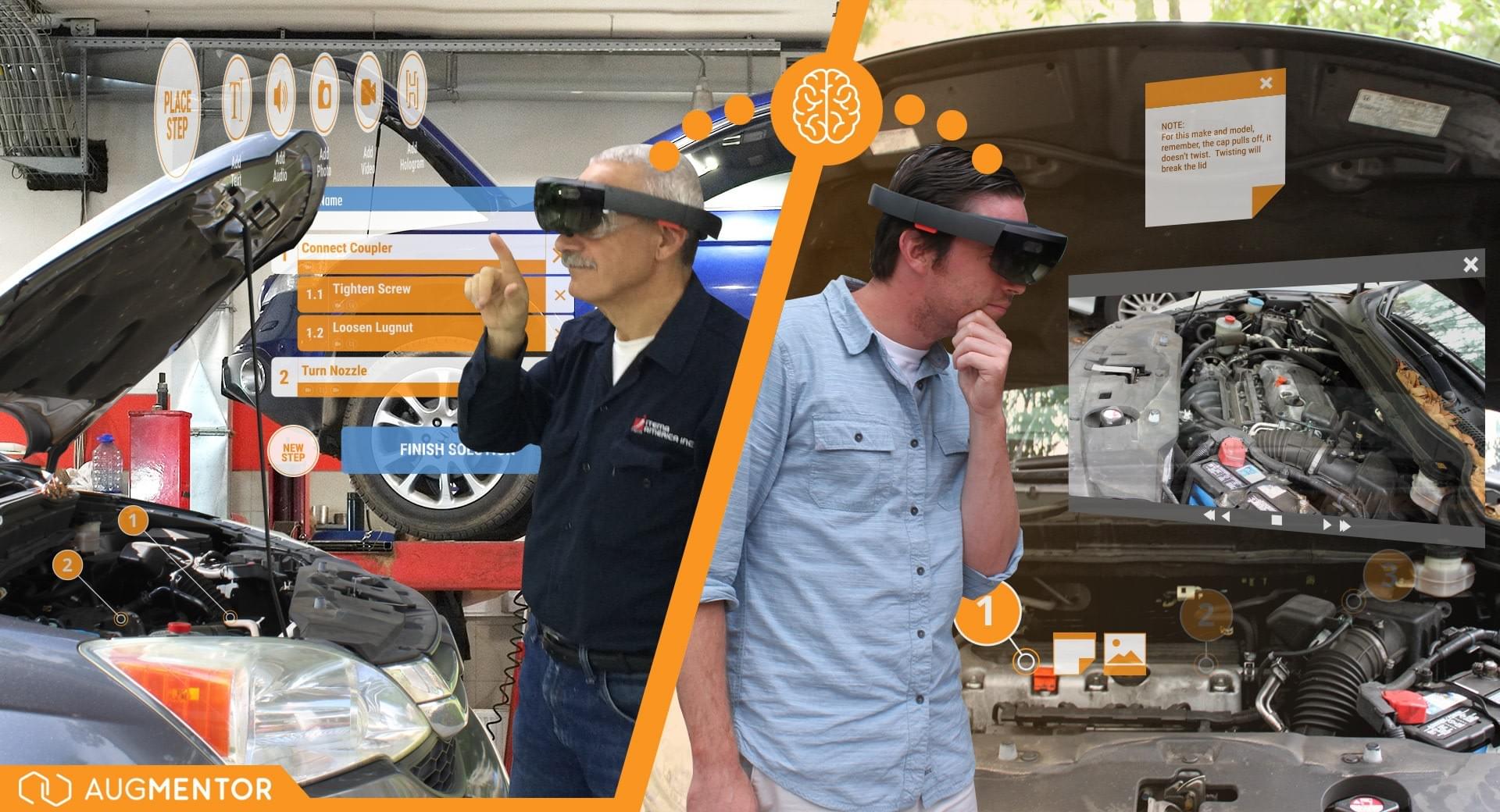Overcoming Barriers to Technology
When a company starts to research the use of Augmented Reality, or any technology new to your organization to help improve maintenance operations or training, the first moment of truth is critical. As we engage our clients in designing pilot evaluations of XRMentor™, concern over whether a workforce will take to the Microsoft HoloLens is inevitable. In almost any job, if a worker is suddenly asked to wear an AR headset their natural instinct will be to wonder why. Most of the apprehension stems from three concerns:
- The workforce is aging and may not be technically savvy enough to use it
- They won’t bother for fear of looking foolish
- Maintenance technicians are resistant to change, happy with legacy solutions
These are valid concerns. In the transportation industry, which craves modernization, faces a shortage in technicians and suffers from less than ideal work conditions, not addressing these challenges can lead to failure. These concerns are also reasons why DI recommends engaging in a pilot evaluation. A pilot evaluation engages technicians immediately and prevents frustration by making them critical members of the evaluation team. It is inevitable that not all feedback or experiences will be positive – the key is to design the pilot such that this feedback evaluates the technology and not the person.
1. Set expectations
The most critical aspect of any technology introduction is to set clear expectations of your goals. DI’s XRMentor™ for example, uses the HoloLens and its use will not be perfect day one. The expectation that it will must be tempered. Additionally, no two enterprises are the same. Personnel, policies, management style, work structures, etc. are always different. A pilot needs to be planned early, including how to introduce technicians to the technology. Allow them to use it and be very clear about what the limitations are. The technology introduction period is also a great opportunity to involve your personnel in crafting the metrics you use to evaluate the solution and make them feel as though they are a critical part of the feedback process.
2. Engage users in the feedback process
The goal of the pilot is not just to evaluate effectiveness, but to get valuable feedback. The feedback provided will be used for decision making and future technology adoption plans. To ensure quality feedback, the pilot has to incorporate periodic evaluations from the team. The pilot structure must be designed in a way where feedback is continuously received. Engaging users in how they are doing with the headset and what are they finding difficult is critical for not only pilot success, but long-term implementation. Depending on the organization feedback can be provided on a daily or weekly basis. The key is inclusion – not seeking or accepting feedback and soliciting ideas for best practices is a recipe for pilot failure. You will not be able to overcome the barriers of technology adoption if you don’t engage your personnel.
3. Choose champions not just participants
A pilot requires an executive champion, someone influential that guides the group. However, there should also be a champion at the team level who is adequately trained on the headset prior to the pilot kickoff. A trusted technician who can be relied upon to ensure the evaluation is carried out as designed and solicit feedback from co-workers. Notice they are not selected to ensure the hardware or software is ultimately adopted, rather they are chosen to help make the pilot a success. A successful pilot is determined by collection of valid data following an extremely thorough evaluation. The champion can make sure the headset gets worn and the software is used as intended. They can bring challenges to the success of the pilot to the leadership team early and often and help course correct as needed.
4. Adequately train technicians
When transitioning the team from static training, PowerPoints and worksheets, to fully immersive virtual training can be a challenge. From adjusting to wearing the HoloLens to navigating the hand gestures. With a properly implemented pilot program your team has the ability to learn and adjust to the technology. We have had the pleasure of teaching many technicians of varying age and experience how to use the HoloLens. There is almost a universal law of usability as it relates to the HoloLens. If you can learn to coordinate head-tracking and the finger gesture to select (the equivalent of point and click on a mouse), the rest comes easy. Focusing on training the basic interaction through gesture, head tracking and voice first will make learning software like XRMentor™ inside the headset much easier. It doesn’t have to take long, but it should be structured and presented like anything else you train. It is easy to overlook these basic interactions, but without them, your team will perceive the software as very difficult to use.
5. Don’t underestimate your technicians
During one initial demonstration, a fleet maintenance manager was adamant that his older technicians would not wear any headset, let alone a HoloLens, exclaiming, “No way in hell they will bother with that thing.” Interviews with these technicians actually revealed a keen interest in the headset and XRMentor™ with many of the technicians not only having already heard of augmented reality, but had played games or seen videos online. They were a lot more open to the concept than once thought, and if it could make them more efficient or offer a safer workplace, they were more than willing to give it a shot. One technician in particular spoke of purchasing a virtual reality headset for his grandson, but after first testing it out, decided to keep it for himself. We can’t underestimate the appetite personnel have for trying new things if the technology is positioned to help them.
The first moment of truth, often the introduction of an augmented reality headset, is critical. For organizations that are considering modernizing their fleet maintenance operations, a well-run pilot is paramount. It is your opportunity to introduce something new and exciting, but if not done strategically, it may put up walls instead of breaking them down.
For more information on XRMentor™ and the pilot program click here or contact Matt Johnston at ma**************@***************ve.net.
Design Interactive has been optimizing human performance at ludicrous speed since 1998. We develop innovative, engaging augmented and virtual reality training solutions. To learn more about how we can leverage technology to improve your business processes, contact us here.
